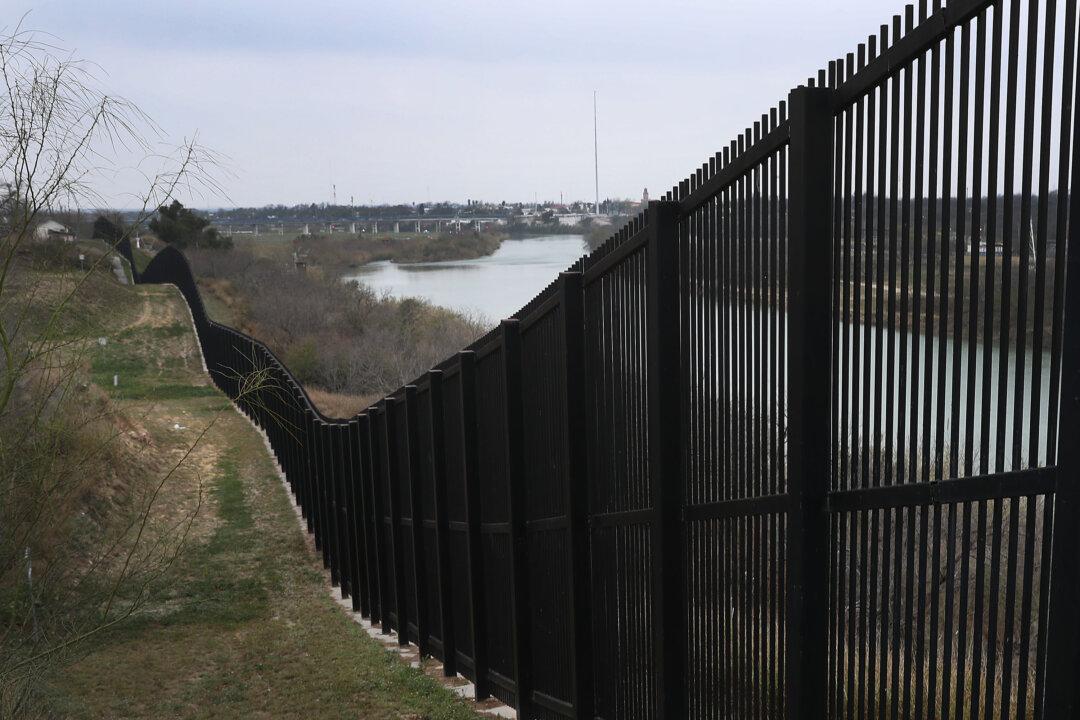A federal judge ruled on Thursday that a privately-funded U.S.-Mexico border wall construction project in south Texas can proceed.
Southern District of Texas Judge Randy Crane lifted a temporary restraining order that he issued on Dec. 5 after the U.S. government sued to stop the construction project. He also denied a separate request for a restraining order in a separate lawsuit filed by the National Butterfly Center against the builders.




